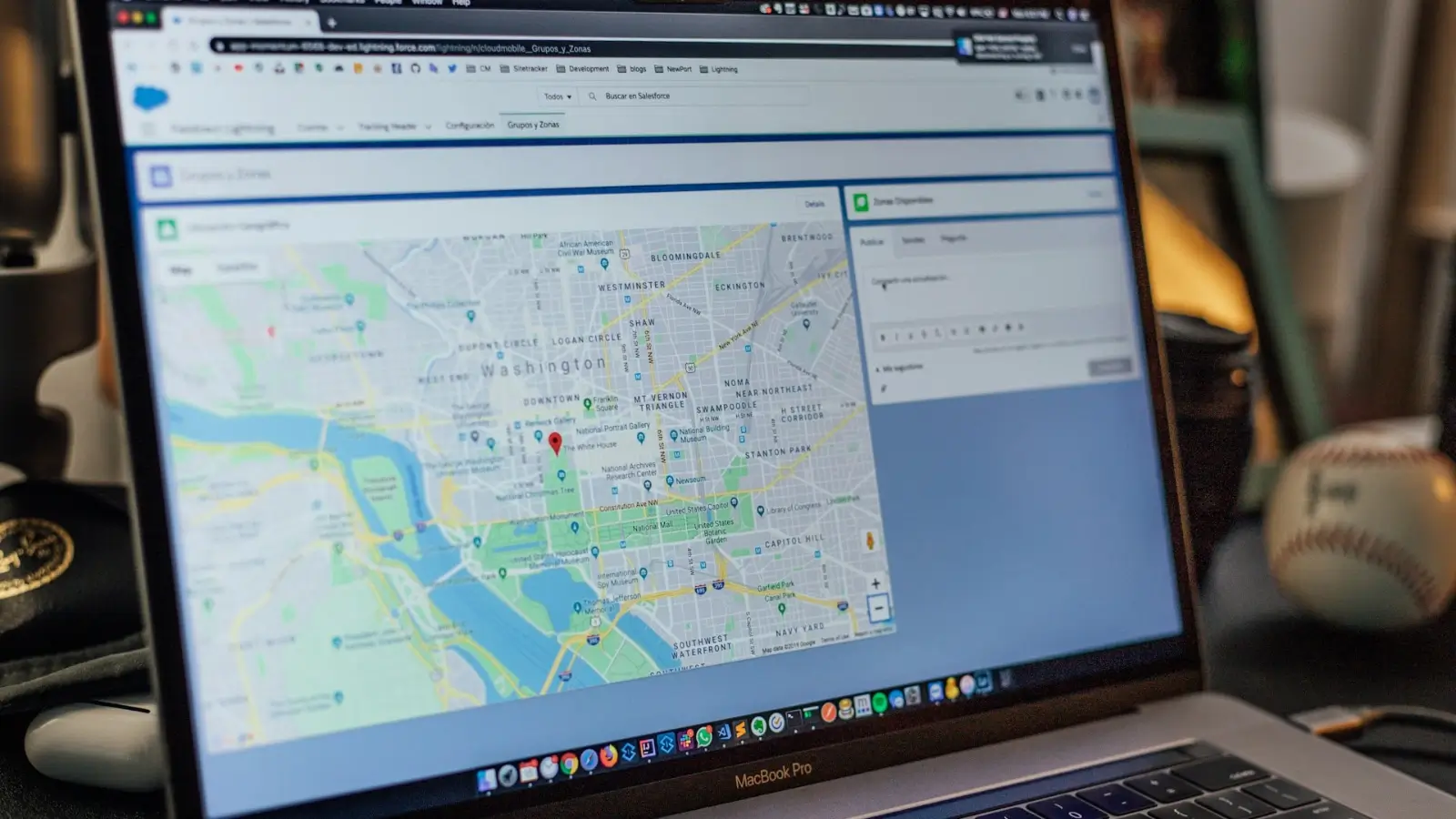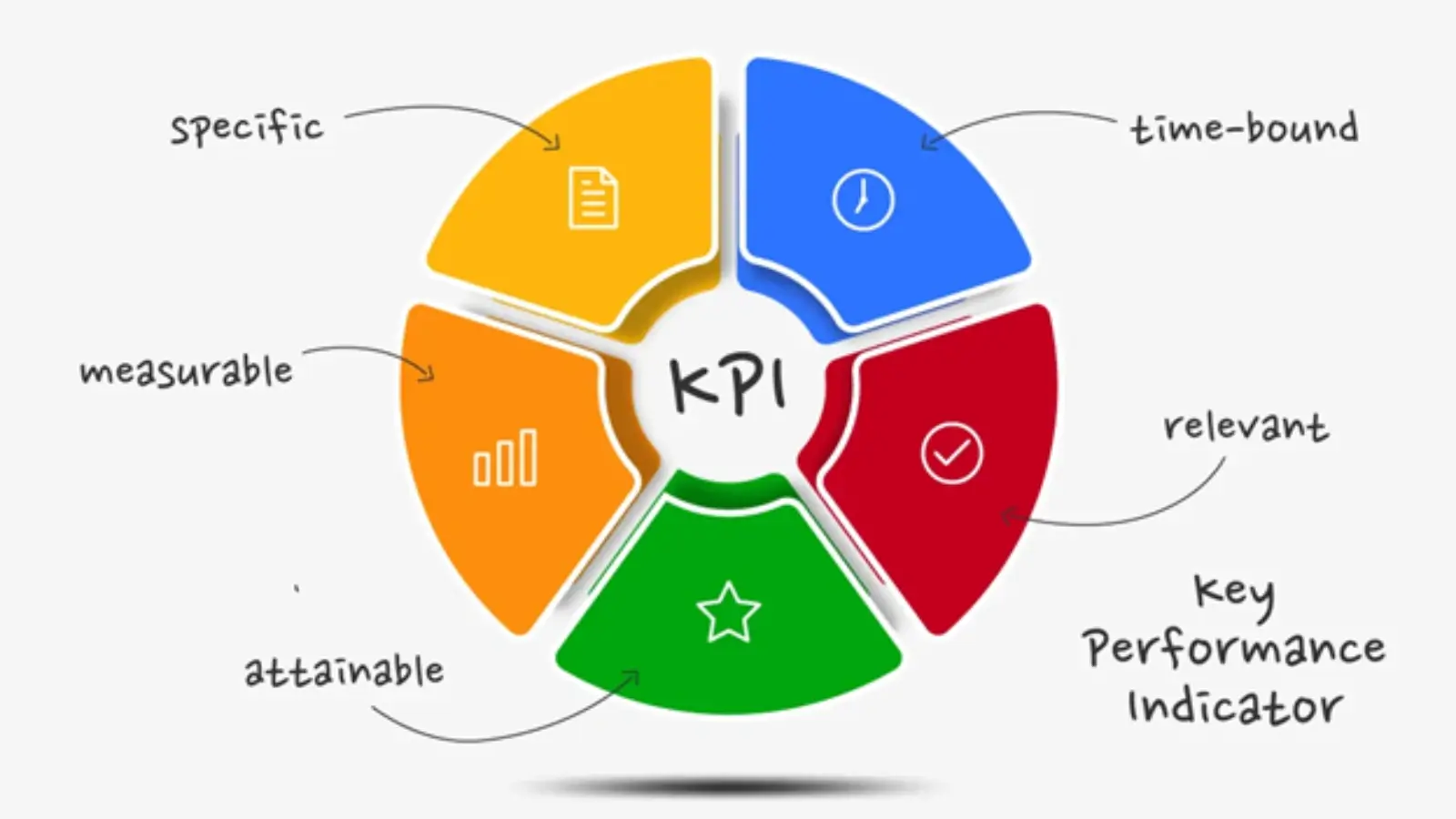Are you making the best decisions for your business, or just guessing based on raw numbers?
Charts can turn complex data into clear, visual insights that help you see the full picture. Whether you're tracking sales trends or comparing team performance, the right chart can guide smarter, faster choices.
You don't need to be a data expert just learn how to use visuals the right way. Read on to discover how to leverage charts for better business decisions today!
Know Your Purpose
Before creating a chart, you need to understand why you're making it. Ask yourself what question you're trying to answer or what decision you need to support. This helps you focus only on the data that matters. When your goal is clear, your chart becomes more useful. It also saves time by avoiding unnecessary details.
A clear purpose makes your chart easier to understand. It helps your team quickly grasp the point and take action. Whether you're tracking progress or comparing results, knowing your goal keeps you on track. Your chart should always support a specific business need. That's the first step toward better decision-making.
Gather the Right Data
Good charts start with accurate and relevant data. You should collect information that directly supports your business goal. Avoid using too much data that may confuse the message. Clean and organized data makes chart creation much easier.
Reliable data leads to better decisions. It helps you spot real trends and avoid false conclusions. Double-check your sources before building the chart. Outdated or incorrect data can lead to costly mistakes. The quality of your chart depends on the quality of your data.
Select a Chart Type
Different charts serve different purposes. A line chart is great for showing trends over time. Bar charts work well for comparing categories. Pie charts show how parts make up a whole. Picking the wrong type can confuse your audience.
The right chart makes your message clear and easy to follow. Think about what you want people to see first. Simple choices often work best. Choose a chart that matches your goal and highlights the key point. A good chart type brings your data to life.
Focus On Clarity
Choosing the right chart is key to sharing your data clearly. Line charts help show changes over time. Bar charts are great for comparing different items or groups. Use pie charts to display simple parts of a whole. The right type depends on what you want to highlight.
When your chart matches your message, it's easier for others to understand. It helps your team make decisions faster and with more confidence. Avoid using complex charts if a simple one works better. Clear visuals lead to clear thinking. Always match the chart style with the goal of your data.
Label Everything
A chart without labels can be confusing and misleading. Always include titles, axis labels, and data values where needed. This helps people quickly understand what the chart is showing. Labels should be short, clear, and easy to read. Avoid using technical terms unless your audience understands them.
Clear labels guide your viewers and keep them focused on the message. They also help prevent wrong interpretations of the data. Good labeling builds trust in your chart. It shows that your information is well-prepared. Simple labels make a big difference in how effective your chart is.
Highlight What Matters
When looking at a chart, your audience should see the most important point right away. You can highlight key data with colors, bold text, or callouts. This draws attention to trends, changes, or outliers. It helps viewers focus on what really matters.
By pointing out the main insight, you guide decision-makers more effectively. This keeps meetings shorter and more focused. Clear highlights reduce confusion and lead to faster actions. Read more to find the best deal.
Use Consistent Formats
Using the same format for all charts makes them easier to read and compare. Keep font styles, colors, and axis scales consistent. This helps viewers focus on the data, not on adjusting to different styles. Consistency builds a clean and professional look.
When every chart follows the same pattern, people know what to expect. It reduces confusion and helps everyone stay on the same page. Simple choices like using the same date range or label size make a big impact. A uniform format improves understanding across teams.
Spot Patterns Quickly
Charts help you see patterns that might be hard to spot in a table of numbers. Trends, spikes, and drops become clearer with visual data. This helps you make faster and smarter business decisions. You can quickly notice what's working and what's not.
When patterns stand out, it's easier to take action. Good charts guide your attention to what matters most. They show progress, problems, and opportunities right away. That's why clear charts are a must for effective decisions.
Share for Feedback
Once your chart is ready, share it with your team or audience. Getting feedback helps you see what others understand or miss. It also points out any mistakes or unclear parts. Others may suggest better ways to present the data. Sharing improves the final result.
Feedback turns your chart into a stronger decision-making tool. It ensures that the message is clear and useful to everyone. Even a small change can make the chart easier to read. Team input can lead to new ideas or better insights. Always invite feedback before making important decisions.
Refine and Repeat
Creating one chart is not the end of the process. Review it carefully and improve it if needed. You might find better ways to show the same data. Small updates can make your message much clearer. Always aim to make each version better than the last.
Charts should grow with your business. Platforms like Rivo offer referral program tools and customer engagement solutions that integrate seamlessly with performance insights, helping businesses act on what their data reveals. As new data comes in, update your visuals to stay current. Keep checking what works and what doesn't. The more you refine and repeat, the more useful your charts become. It's a simple habit that leads to smarter decisions.
Learn More About Leverage Charts
Using leverage charts the right way can make a big difference in how you understand your business. They help turn confusing data into simple, smart insights.
With clear visuals, you can spot trends, solve problems, and make better choices. Don't let numbers overwhelm you let charts do the talking.
Did you enjoy reading this article? If so, then be sure to check out the rest of our blog for more!
















